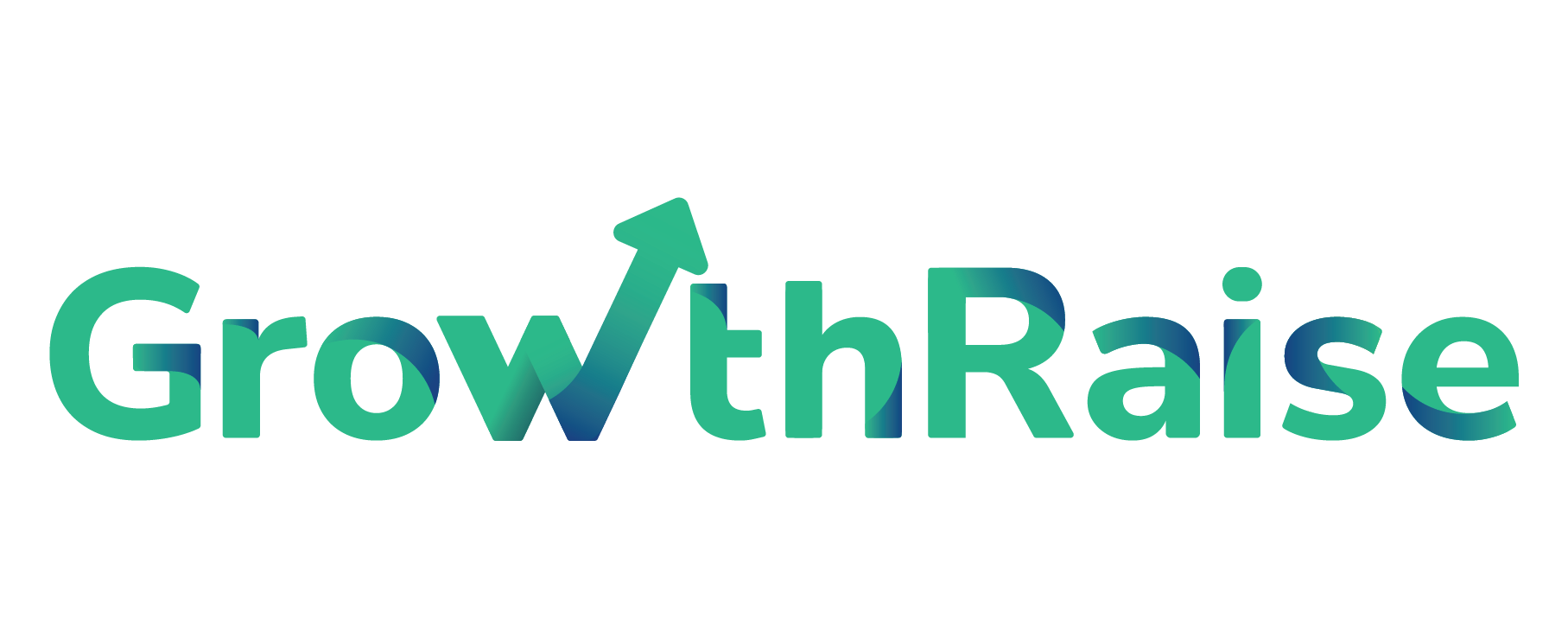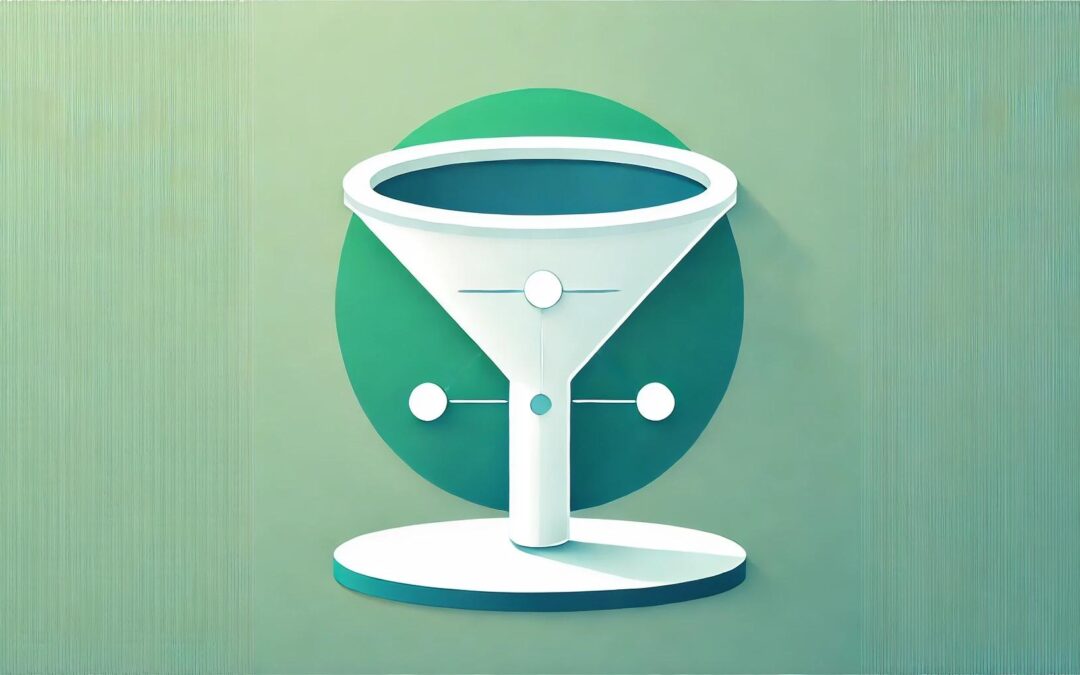Introduction to the Inbound
Marketing Funnel
Today’s online information overload makes it harder to get noticed. That’s why small business owners need effective ways to attract and retain customers.
Inbound marketing is a strategic marketing approach that focuses on attracting customers to your business naturally and organically, rather than directly targeting them with traditional advertising.
With the right marketing methods, businesses can engage their audience, build trust, and develop long-term relationships with their customers. One way to do this successfully is to use the inbound marketing funnel.
In this article, we’ll break down what the inbound marketing funnel is, its stages, and how you can implement it for your business.

What Is an Inbound Marketing Funnel
The inbound marketing funnel is a step-by-step process that helps businesses attract the right kind of leads, nurture them, and convert them into customers.
Unlike outbound marketing, which relies on direct outreach, inbound marketing uses a pull strategy to build brand awareness, foster relationships, and generate leads. The inbound marketing funnel focuses on attracting visitors by offering valuable content through blogs, social media, video marketing, SEO, and more.
The goal is to provide content and experiences that build trust and credibility, create a personal connection, and turn leads into loyal customers.
Inbound Marketing Funnel Stages
Understanding the stages of the inbound marketing funnel is crucial for implementing it effectively. The funnel is typically divided into four stages: Attract, Convert, Close, and Delight, and is split into three sections. Attract is at the top of the funnel (ToFu), Convert is in the middle (MoFu), and Close is at the bottom (BoFu). Delight goes beyond these three sections, but is just as important as the other three stages.
Top of the Funnel (TOFU) Is All About Attraction
In this stage, the goal is to attract potential customers who are not yet aware of your business by providing reliable and valuable information and solutions to the problems you can solve for them.
Content creation is crucial, offering a wide range of valuable resources such as articles, e-books, videos, and webinars. Social media is another effective method for driving traffic to your website, as it allows you to reach a broader demographic and attract people to your website. Optimizing your website and content to rank higher in search engine results makes it easier for potential customers to find you.
It is important to note that the people at the top of the funnel (ToFu) are just becoming aware of your brand, both in general and as a potential solution to their problems. It is essential that they have a clear understanding of what you can offer them and why you are the most reliable provider of the solution they are looking for.
The Middle of the Funnel (MOFU) Is All About Conversion
This stage is crucial as MoFu prospects have a clear idea of what they need. Even if they are not yet ready to make a purchase, they are seeking more detailed information about products and services.
To convert visitors into leads, gather their contact information through forms and calls-to-action (CTAs). Create dedicated pages with user-friendly forms that request essential information from visitors. Use buttons or links to prompt visitors to take action, such as downloading a complimentary e-book or subscribing to a newsletter.
This process helps convert visitors into valuable leads and encourages them to provide their details in exchange for valuable content or offers.
The Bottom of the Tunnel (BOFU) Is All About Closing
Once you have high-quality leads it’s time to guide them to their buying decision.
Building relationships and providing necessary information and incentives are crucial for turning leads into customers. This can be achieved through targeted emails and tailoring communication to individual needs.
Knowing when a lead shows solid buying potential is also essential for a successful closing. Using customer relationship management (CRM) tools and software will help you analyze customer interactions and data throughout the customer lifecycle, providing crucial information about a person’s readiness to buy.
And Finally, Delight
The final stage of the inbound marketing funnel is called Delight and goes beyond the three sections of the typical marketing funnel. However, this stage is just as important, as this is where businesses turn customers into loyal advocates.
Satisfied customers are more likely to refer others and make repeat purchases. Offering rewards, incentives, and excellent customer service can foster loyalty. Gathering customer feedback and providing prompt resolutions ensure customer satisfaction.

Mapping the Inbound Marketing Funnel to the Sales Funnel
To create a cohesive marketing strategy, it’s essential to align the inbound marketing funnel with the traditional sales funnel. That way your marketing efforts effectively support your sales goals.
But what does the inbound marketing funnel have to do with the sales funnel? Inbound marketing generates content for a specific buyer at each stage of their journey to gain information (Awareness, Consideration, Decision, Delight). Inbound sales then maps out the buyer’s sales journey and considers their focus at each stage through the inbound marketing sales funnel.
The sales funnel typically includes the following stages: Awareness, Interest, Consideration, Decision, and Retention.
Inbound Marketing Funnel | Sales Funnel | Alignment Description |
Attract | Awareness | 1. Both focus on drawing in potential customers through various marketing efforts. |
Convert | Interest/Consideration | 2. At this point, the goal is to engage visitors and gather their information to nurture them further. |
Close | Decision | 3. This is where you focus on converting leads into paying customers. |
Delight | Retention | 4. The aim here is to keep customers satisfied and turn them into loyal advocates for your brand. |
Aligning the stages of the inbound marketing funnel with the traditional sales funnel stages ensures a seamless transition from marketing to sales. It creates a cohesive strategy that efficiently guides potential customers through the entire journey, ultimately leading to higher conversion rates and improved customer retention.

How to Create an Inbound Marketing Funnel
The inbound marketing funnel provides many advantages for small and medium-sized businesses. It creates credibility that leads to trust and it generates more leads with less investment. It also works well alongside outbound strategies.
The only question is how to create an inbound marketing funnel that works well for your business. There are a few things you have to consider.
Define Your Goals
A good marketing strategy is built upon clearly set goals. Whether it’s increasing website traffic, generating more leads, or boosting sales, you need to determine what you want to achieve with your marketing efforts.
Identify Your Target Audience
Having identified a target audience, you can further develop and adjust your marketing strategy. The inbound marketing funnel helps you create long-lasting relationships with your customers and understanding them is crucial for creating content that resonates with them. Develop detailed buyer personas that outline the demographics, interests, pain points, and behaviors of your ideal customers.
Develop a Content Strategy
Valuable content is the backbone of inbound marketing. Based on your goals and target audience you can then develop a detailed content strategy that provides value for your customers and answers their needs and interests at every stage of the funnel.
But what kind of content can you produce that will attract, engage, and convert visitors?
Blogs
This type of website content targets the very top of the funnel. It focuses on addressing the problems and needs of potential buyers, rather than immediately offering solutions or promoting products and services. This approach is an effective way to attract a broader audience, build trust and generate leads, particularly when it is integrated into a company’s website.
Videos
Videos offer a wide range of flexibility in terms of topics, such as tutorials, explainer videos, brand films, and testimonials, and allow for more in-depth content. This type of content is more engaging than text-based content because it can capture and hold the audience’s attention more effectively, making it easier to get your message across and drive action. In addition, videos build a stronger emotional connection with viewers, increasing brand loyalty and trust.
Infographics
Infographics are an engaging and shareable visual representation of information in the form of charts and diagrams. If your objective is to present complex or statistical information, then infographics are an ideal solution.
There are many other options for content, depending on your target audience’s needs and interests, such as guides and eBooks, press releases, newsletters and others. The goal is to find what works for you and your ideal customer.
Measure and Optimize
The effectiveness of your inbound marketing funnel relies on continuous optimization and monitoring. Utilize analytical tools to monitor your marketing initiatives and content, identify areas for improvement, and make necessary changes. Utilize various tools and platforms to manage and maximize your inbound marketing efforts.
Ready to Implement the Inbound Marketing Funnel to Your Business?
Crafting an effective inbound strategy is not an easy task. However, the cost-effectiveness and returns on investment make it worthwhile for every business type.
If you’re not sure how to get started or have difficulties optimizing your inbound marketing funnel, we invite you to leverage our team of experienced inbound marketing consultants.
Just drop us a line and we’ll find a simple solution to any complex marketing problem you’re having.

